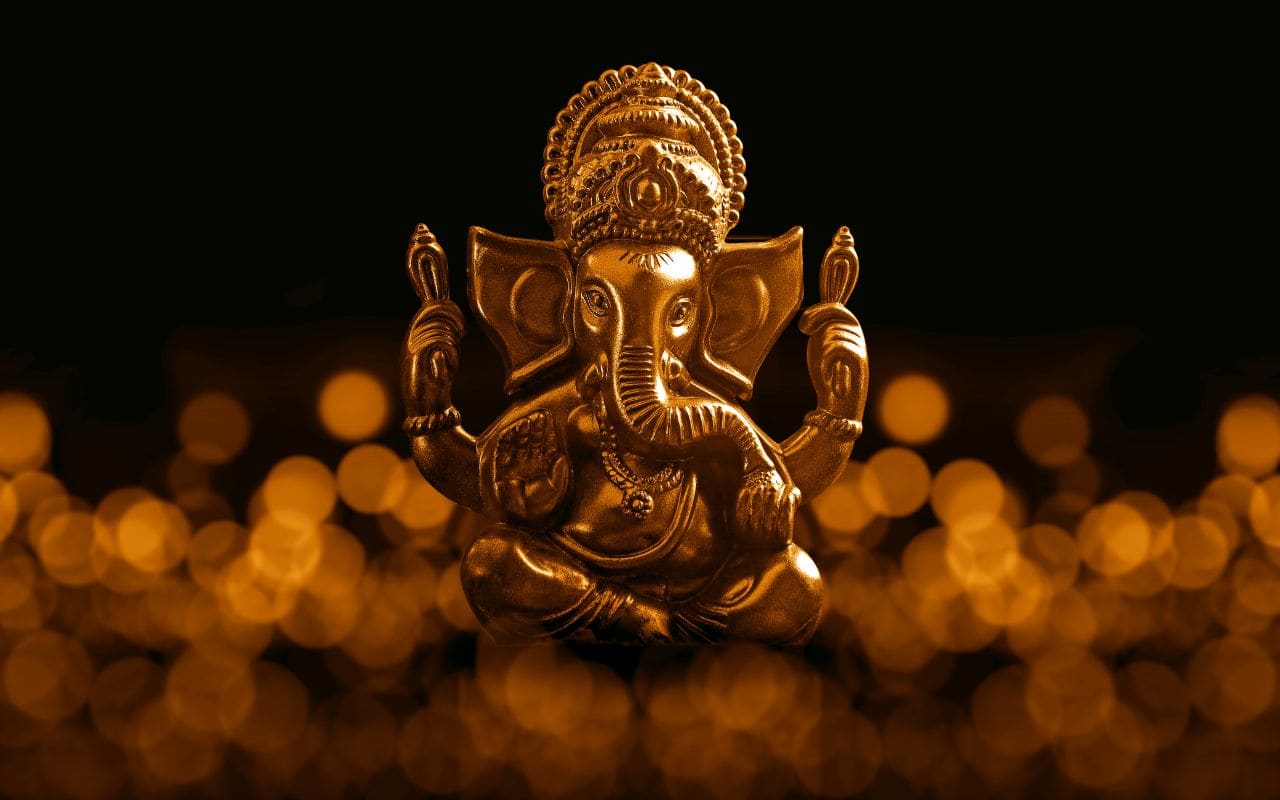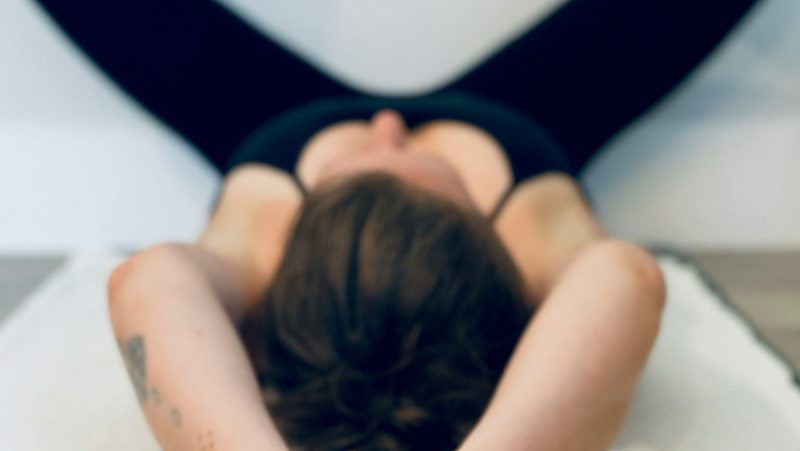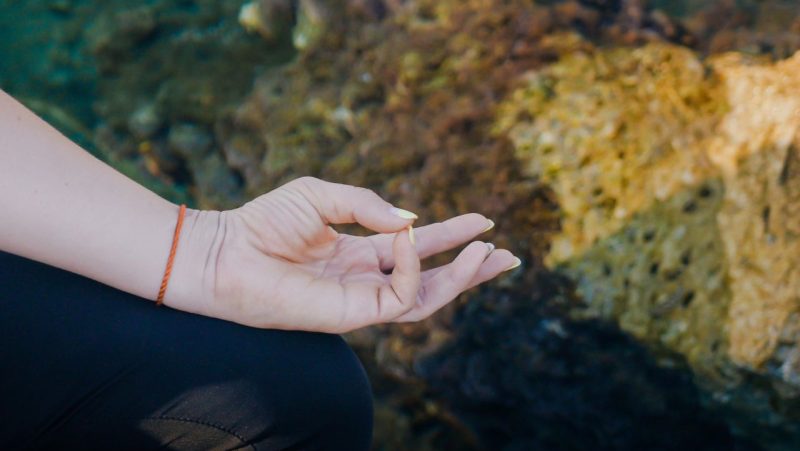
A helping hand
Exploring Ganesh Mudra. By Diane Ashfield
Most of us have come across a mudra during our time spent on the mat – you may be quite familiar with Chin Mudra where we bring the tip of the index finger to touch the tip of the thumb – but sometimes we perform mudras without thinking or even knowing what they are for, or why we use them.
A mudra is generally translated as a gesture or 'seal' that can add intensity and bring more focus and awareness to our meditation, concentration or physical practices. They can also act as healing agents and are used in traditional Indian story-telling dances to specify a particular emotion, object or animal.
There are more than a hundred mudras, the majority of the ones we use in yoga are hasta (hand) mudras, each providing its own specific benefits and healing properties if used regularly. Some are easy to perform, others may feel a little more challenging for the wrists and fingers, so as always we work to our measure and not force our hands to come into a mudra, especially if it feels uncomfortable to hold for a few minutes, or if it just doesn’t feel right.
Mudras can enhance and deepen our meditation or concentration practices because they assist in quietening the mind by directing our point of focus towards our hands. One of my favourites to use is Ganesh Mudra, named after Ganesh (or Ganesha), the elephant-headed Hindu god who is known as the Remover of Obstacles, the Lord of Beginnings and the God of Good Fortune.

To perform Ganesh Mudra, place the right hand with the palm facing the chest and the left palm on top of the right (facing away from the body). Slide the hands away from each other, bending the fingers so that they create 'hooks' to catch the other. Let your thumbs rest wherever feels comfortable. With your hands in the mudra, draw them closer towards the chest, relax the shoulders down and away from the ears, chin parallel to the floor. Eyes can be either soft gaze or gently closed. Encourage the chest to expand deeply as you inhale and slowly lower and settle as you exhale. Keep your focus with your breath and with your chest, and with every exhalation imagine that all of the obstacles you are facing are slowly fading into the distance until they become no more than a vague memory. Stay here for a few minutes or until the arms or shoulders feel heavy or tired.
Ganesh Mudra helps to calm the mind and the spirit and is a wonderful mudra to use when we are embarking on a new experience or journey, especially if we feel there are barriers or obstacles in our way. It generates a feeling of warmth, and encourages the opening of the chest and deep breathing, promoting confidence and courage. It’s also a lovely mudra to perform in our physical practice. I especially like to come into Ganesh Mudra whilst practicing Tree Pose (Vrksasana), giving me a sense of balance and stability while diverting my focus away from standing on one leg by becoming more breath aware.
Whenever I practice Ganesh Mudra I’m always reminded of the musical 'The Sound of Music' where the Von Trapp children sing with their hands in this position. As this mudra promotes deep breathing and opens the chest, it’s definitely beneficial for singing, but I’d like to think that this mudra evoked the spirit of Ganesh – perhaps encouraging the Von Trapp family to overcome their obstacles and flee Nazi-occupied Austria by crossing the Alps into Switzerland. Now there’s a thought!
Mudras help us to 'intensify our intentions' by gently directing our focus, so whether you just want to snatch a few minutes for quiet reflection and stillness, or if you feel you have a mountain to climb and need to build on your energy reserves for challenging times ahead, think of a mudra as a helping hand. Or maybe two!







